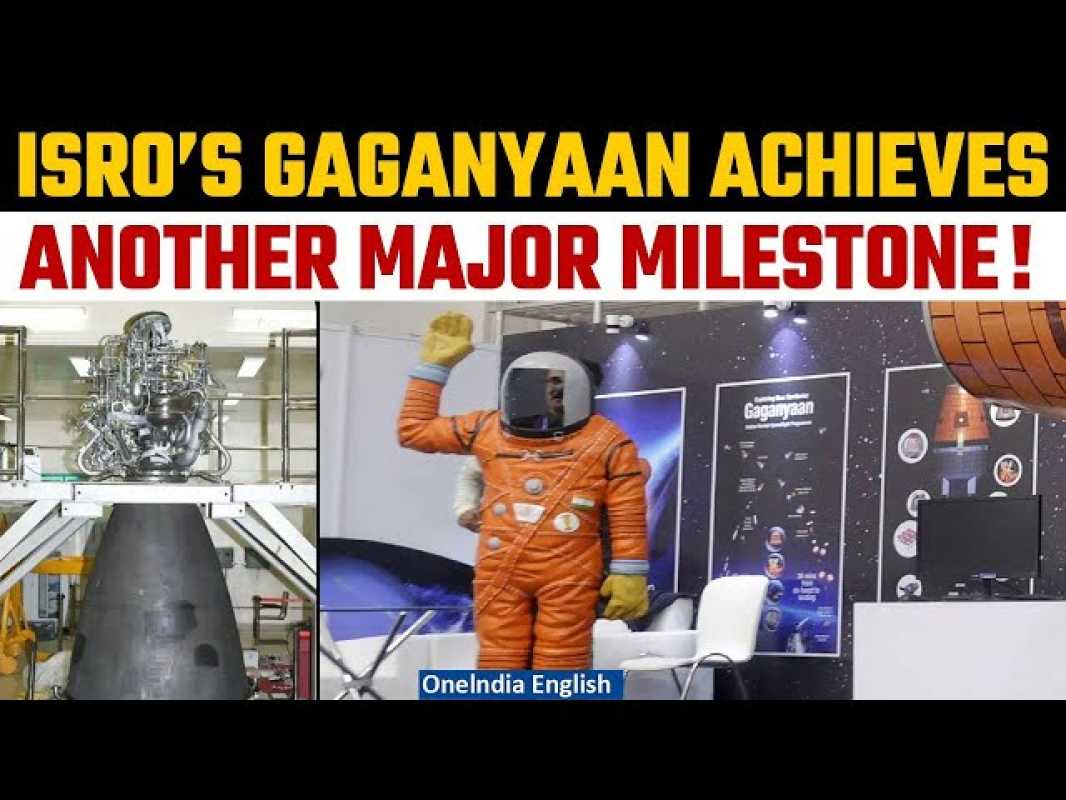Tech
ISRO Successfully Tests Cryogenic Engine for Gaganyaan Mission, Crew Ready for Spaceflight

Last week marked a significant milestone for the Indian Space Research Organisation (ISRO) as it successfully conducted a crucial test on the cryogenic engine earmarked for the upcoming Gaganyaan mission. The test, which confirmed the human-readiness of the cryogenic engine, is a pivotal step towards India’s first manned space mission.
The cryogenic engine, designated as CE20, is set to power the LVM3 vehicles during the mission, ensuring the safe transport of astronauts to and from space. This test, conducted at ISRO’s High Altitude Test Facility in Mahendragiri, Tamil Nadu, validated the engine’s capability to withstand the rigors of space travel.
ISRO’s heavy lift launcher, the LVM3 rocket, has been identified as the launch vehicle for the Gaganyaan missions. Consisting of solid, liquid, and cryogenic stages, the LVM3 rocket is poised to ferry humans into space, marking a monumental leap in India’s space exploration endeavors.
Prior to the recent test, the CE20 cryogenic engine underwent a series of rigorous evaluations, including 39 hot firing tests under varying conditions. The successful completion of these tests underscores the engine’s reliability and suitability for manned space missions.
With the CE20 engine deemed flight-ready, ISRO is inching closer to realizing the Gaganyaan mission, which is set to include a three-member crew embarking on a historic journey into low Earth orbit. While the manned mission is slated for the future, the first unmanned Gaganyaan – 1 mission is on track for the upcoming months.
Alongside the cryogenic engine test, ISRO is actively developing other critical technologies essential for human spaceflight. These include life support systems to sustain astronauts in space, crew safety provisions, and crew management protocols for training and recovery.
The successful CE20 test, coupled with ongoing technology developments, reaffirms ISRO’s commitment to achieving Indian’s space exploration goals and underscores the nation’s emergence as a key player in space missions.












